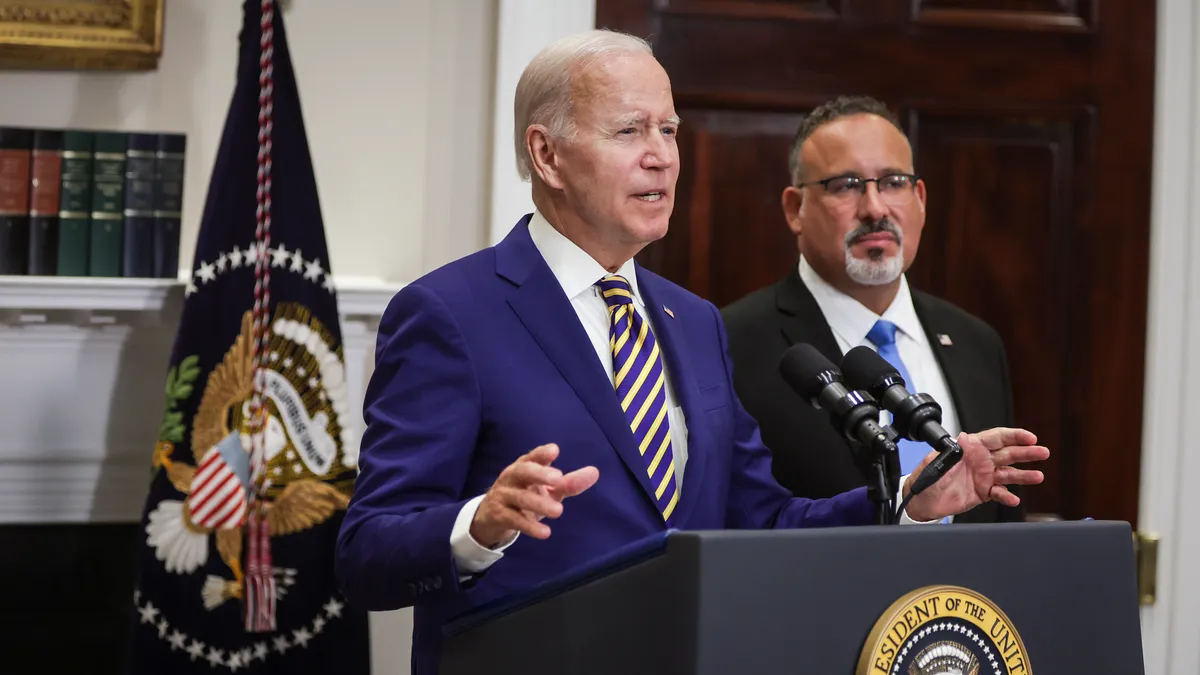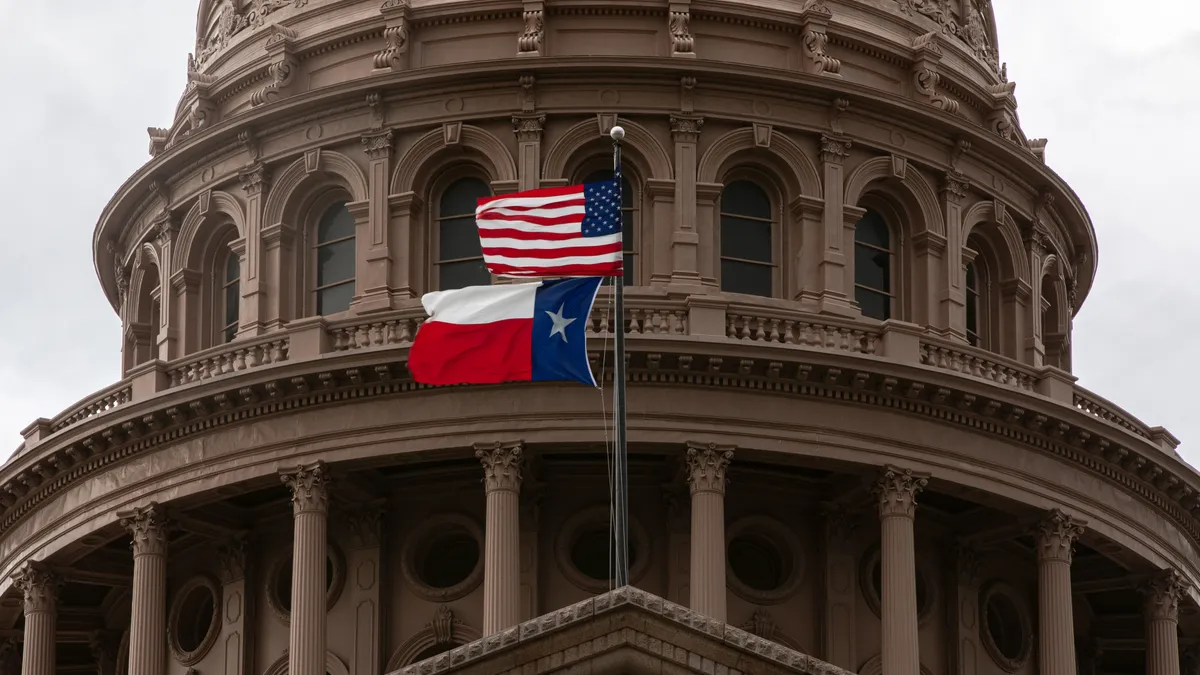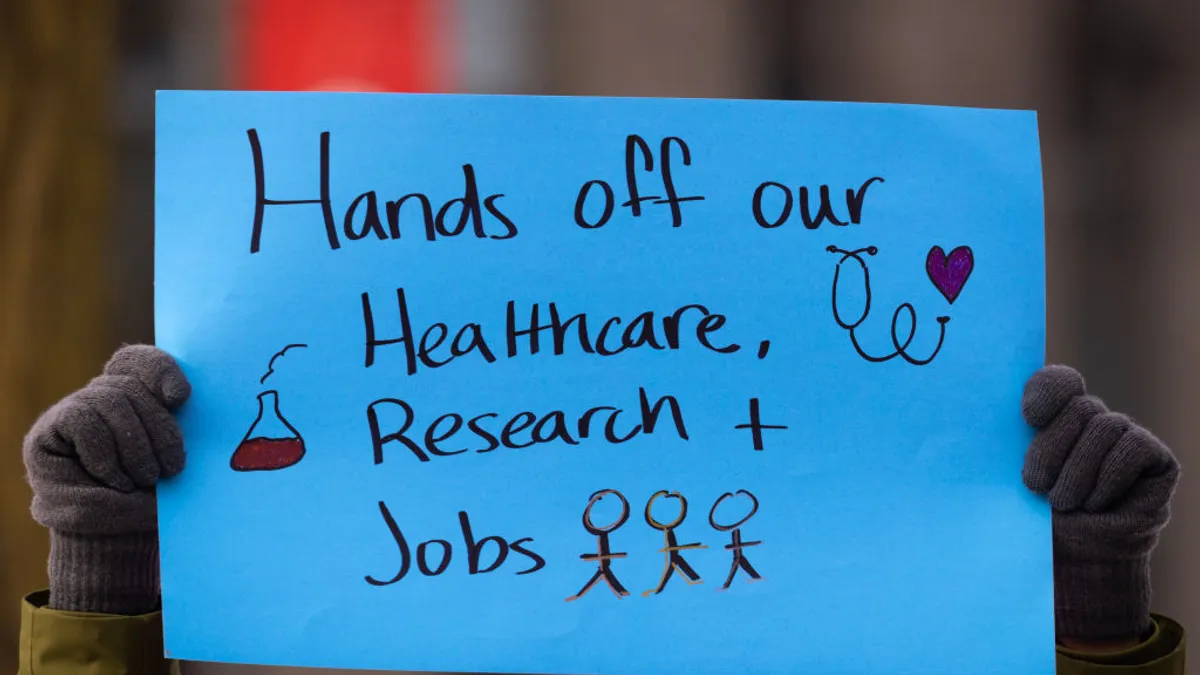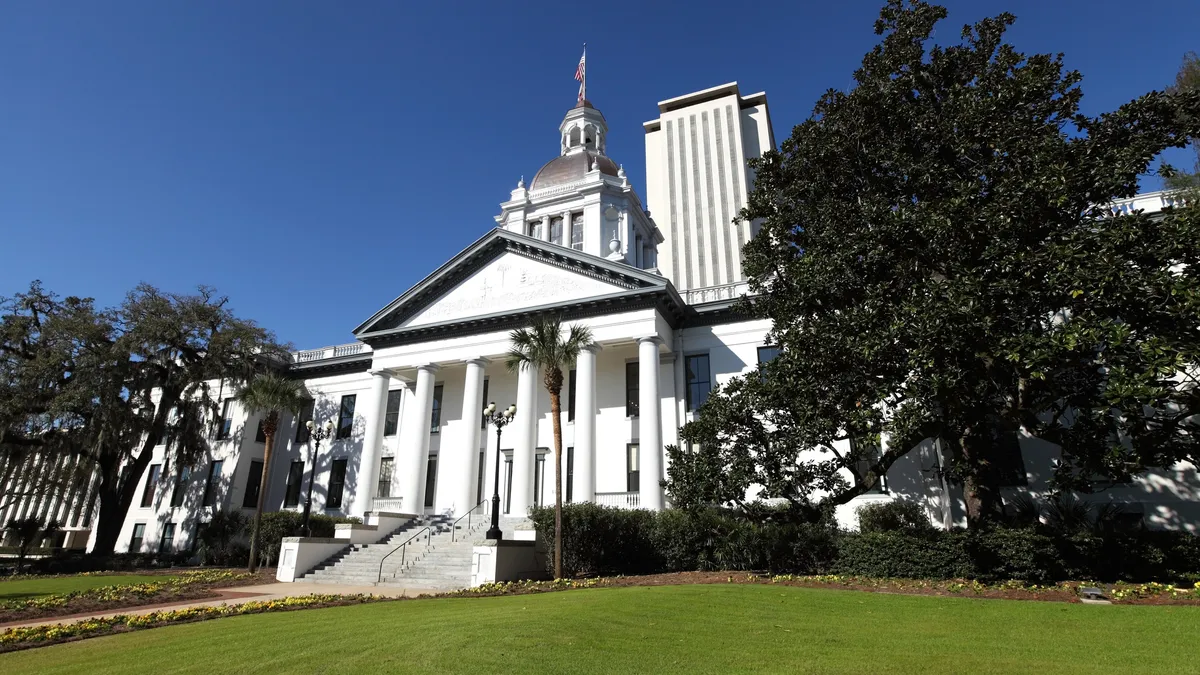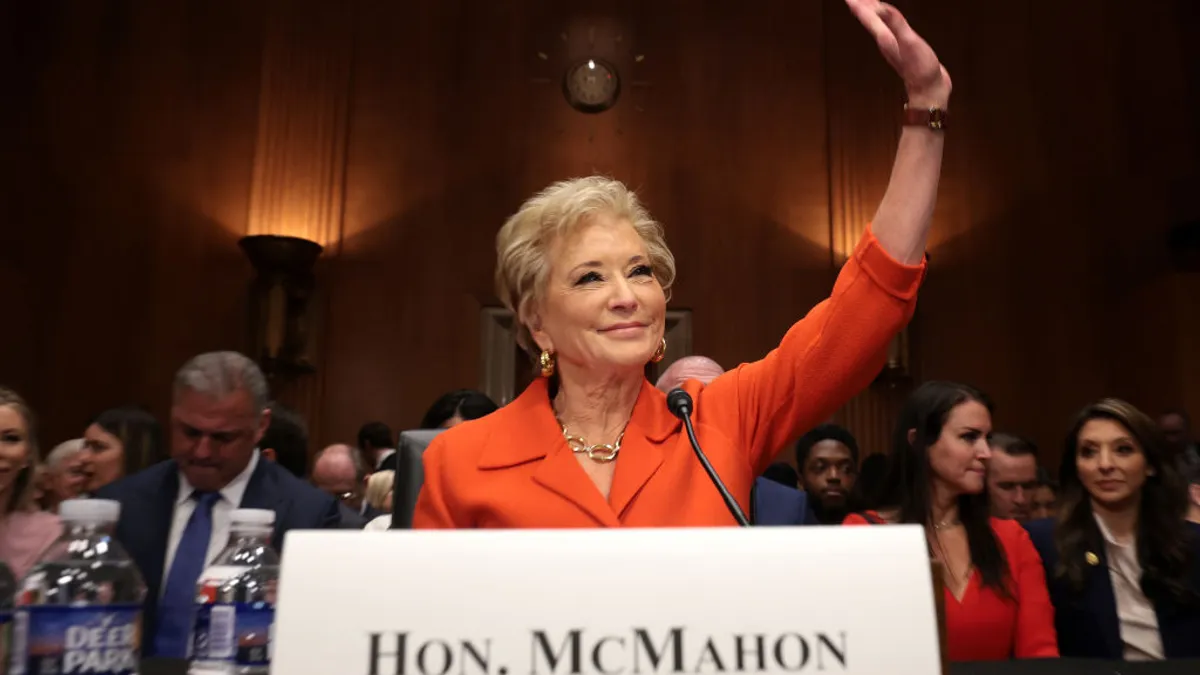The U.S. Department of Education’s proposed gainful employment regulations have the potential to significantly change the higher education landscape. Career education programs that leave graduates with poor earnings or unmanageable debt would risk losing access to federal financial aid under the new rules.
But those requirements would only apply to certificate programs and programs at for-profit colleges. The department has proposed other, more wide-ranging regulations to apply to nearly all college programs.
One such proposal was a financial transparency website for students. The site would have information on every higher education program, with statistics on debt burdens, graduate earnings, and tuition and fee costs. All institutions would be required to give students information on how to access the site.
For programs with high debt-to-earnings burdens, prospective students will need to attest that they’ve seen the data before they can access federal financial aid.
These proposals are unpopular with industry representatives and lobbyists.
“It’s hard to overstate the concern about the potential cost and burden of implementation,” said David Baime, senior vice president for government relations at the American Association of Community Colleges.
What will the reporting requirements entail?
The new regulations aim to address concerns about the rising cost of college and increased student borrowing, the Education Department said. But they will also require colleges to track and report students in new ways.
That has industry representatives worried.
In total, the agency estimated that new reporting requirements for all institutions will require more than 5 million hours of work in total in the first year, dropping to 1.5 million hours in subsequent years.
Emmanual Guillory, senior director of government relations at the American Council on Education, said the Obama-era gainful employment rules, which were formally rescinded in 2019, estimated a total of only 1.9 million hours needed on the part of institutions.
“You can see even with the reporting alone, the increased burden,” he said. “And even the department acknowledges it in the data.”
Small institutions may find the new requirements to be an even heavier lift, Guillory said.
In total, small institutions will likely have to spend nearly 668,000 hours working to meet the new reporting requirements in the first year, according to department estimates. That number will drop to about 272,000 hours in subsequent cycles. The department considers about 2,500 institutions small, which it defines as two-year colleges with fewer than 500 full-time equivalent students and four-year institutions with fewer than 1,000 FTEs.
“We have questions about the expansion, about having every single institution report on every single program, especially for institutions in our sector that are smaller, more underresourced, and that have capacity issues,” Guillory said.
For community colleges, Baime said the additional costs of the new reporting requirements will either have to result in increased tuition or reduced services.
“The compliance cost has to come from somewhere,” he said.
What’s the Education Department’s goal?
The department already operates the College Scorecard website, a consumer tool that provides information, including some earnings data, about different institutions and programs. But Education Department officials said they did not believe that the website was doing enough to provide financial transparency to students.
Primarily, it seems that students aren’t using it. Though 16 million students enroll in higher education annually, only about 2 million unique visitors looked at the Scorecard website in fiscal year 2022.
Secondly, research has laid doubt to the idea that having access to the information alters students’ college decisions. A study from 2018 found that the data had a limited impact on the choices of students.
“While we continue to believe that the College Scorecard is an important resource for students, families, and the public, we do not think it is sufficient for ensuring that students are fully aware of the outcomes of the programs they are considering before they receive Title IV [Higher Education Act] funds to attend them,” the department wrote in regulations.
The new disclosure website will include private and institutional borrowing, as well as measures of public or private grant aid.
The gainful employment regulations and the disclosure website aren’t the Education Department’s only new initiatives meant to create more transparency for students and accountability for colleges.
In January, it also requested comments about a new list it planned to create of programs that are of low financial value to students. That idea was similarly unpopular with industry lobbyists, some of whom have balked at the department labeling programs as “low-financial value.”
“We think that it is an inappropriate role for the Department to be playing,” Baime said.
An appearance on the watchlist doesn’t mean a program will be cut off from federal funds. But the gainful employment regulations do say that the department could consider an institution’s debt-to-earnings rates, earnings premiums and more when deciding whether to enter program participation agreements with colleges, which are contracts that allow institutions to access the federal financial aid system.
Other industry representatives have expressed concern that the gainful employment transparency measures may not give students full information about earnings trajectories over their lifetimes, as some programs impart an earnings bump to students over decades but not in the first few years.
“Do we imply to a low-income student that whatever they’re making their first three years out of college is going to be what they’re making the rest of their life?” said Sarah Flanagan, vice president for government relations at the National Association of Independent Colleges and Universities.
Flanagan said the vagueness of the proposal — from how information will be presented to students to how the Secretary of Education might use his authority — is to its detriment, and doesn’t allow institutions to understand how the policies might affect them.
“It seems that we’re doing a very massive implementation — where we’re putting the burden of the implementation not on the government but on institutions, at tremendous cost to them — without knowing that this is something that will even be important to students, and beneficial to them, and accurate,” she said.
Should the rules go further?
Despite protests from the college industry, many consumer and education advocates have applauded new efforts to crackdown on low-value programs. And some have even called for strengthening them.
The department’s proposal would only require students to sign attestations if their program fails just one of the tests in the new rules. Tia Caldwell, a higher education policy analyst at New America, a left-leaning think tank, believes that the Department should additionally require an attestation from students if a program fails the new earnings premium metric — which judges whether graduates make more than the average high school graduate in their state.
“Research we’ve done shows that it's really a low bar that the government is asking these programs to pass to not have a warning displayed,” she said. The earnings threshold programs will be judged against is less than a living wage in 46 states.
Caldwell’s other research has suggested the new regulations, as written, would not affect many institutions outside of the for-profit sector, she said. Her research found that only 1% of students at the average public institution and 6% of students at the average nonprofit college would be in programs that require an attestation.
Rachel Fishman, acting director of higher education at New America, defended the new regulation efforts against complaints from colleges about the burden of implementation and compliance.
“I don’t think it's too much to ask given what’s at stake,” she said. Institutions receive millions annually in federal financial aid, and putting transparency measures on that money is simply “par for the course.”
“Participating in TItle IV programs is a privilege,” Fishman added, “not a right.”


